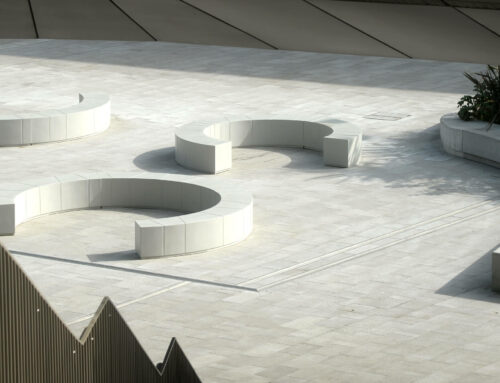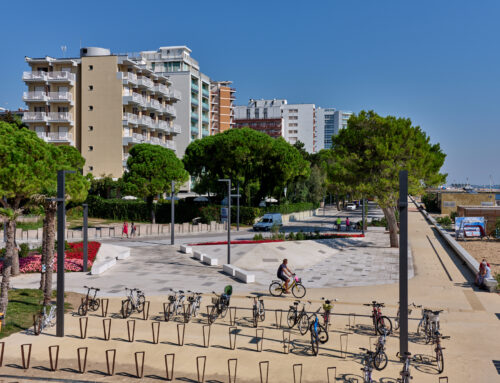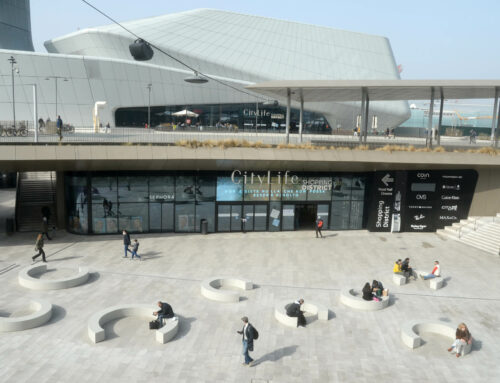The ever-increasing urbanization and challenges that cities face today require highly qualified and specialized professionals in the field of urban planning.
In this context, the urban architect plays a key role in the design and planning of cities, working to create sustainable, functional and aesthetically pleasing urban spaces.
In this article, we will explore the technical skills and insights required to become an urbanist architect, as well as the key role this figure plays in shaping the cities of the future. Let us see together.
Who is and what does an urban planner?
But let’s start with the basics: who is an urban planner? An urban planner is a professional who specializes in the planning and development of cities. His or her main responsibility is to create and implement urban projects that take into account community needs, infrastructure efficiency and environmental sustainability.
Urban planners work on spatial planning, public space management, urban mobility, protection of architectural heritage and promotion of balanced development of urban areas.
The discipline of urban planning involves a variety of professionals, including urban architects. These professionals, thanks to their specific training and skills, are able to design and develop integrated urban solutions, considering architectural, social, environmental and economic aspects.
Urban planners can work both in the public sector, collaborating with local administrations and government agencies, and in the private sector, in architectural and urban planning firms or consultancies.
Urban planners are therefore responsible for developing plans and projects that define the appearance and organization of cities, considering the needs of citizens, mobility, accessibility, energy efficiency and sustainability.
The aim is to create harmonious, functional urban environments that promote quality of life.
How to become an urban planner?
To become an urban planner, you must obtain a degree in architecture, urban planning or related disciplines.
After graduation, it is advisable to gain practical experience by working in architectural or urban planning firms, or by collaborating with professionals in the field. In some countries, a specific professional certification or registration may also be required to practice as an urban planner.
LAB23 and the design of urban spaces
There is, however, not only the architect in the design of urban spaces. Fundamental is also the role of designers, who intervene in the conception and design of objects useful to the citizen: think of benches, seats, planters, bicycle racks, totems and many other objects found in the public spaces of our cities.
In this perspective, designers are the protagonists of the aesthetics of a city space. At LAB23 we collaborate with numerous Italian and international designers to create new ideas that improve the city and enhance the experience of citizens.
Go to our website and take a look at the internationally renowned designers LAB23 employs: you will see all the projects they have designed for us, such as Place de la Nation in Paris or the Parco del Mare in Rimini.
Find out more about LAB23’s projects in Italy and around the world and contact us for more information.






